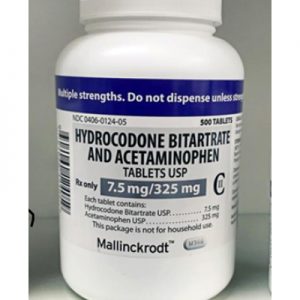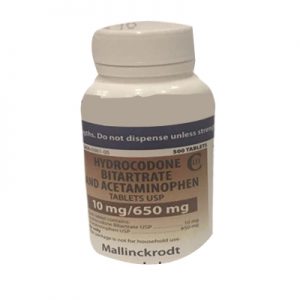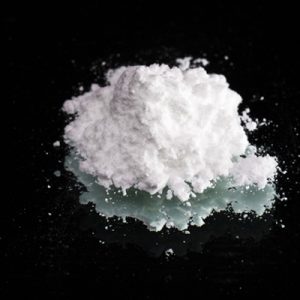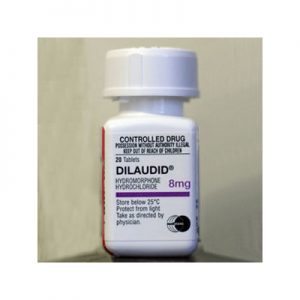Description
BUY MS CONTIN 30 MG MORPHINE SULFATE EXTENDED-RELEASE TABLETS FROM GERMANY ONLINE
MS Contin 30 mg (morphine sulfate extended-release tablets) is for oral use and contains morphine sulfate, an opioid agonist.
Each tablet contains the following inactive ingredients common to all strengths: cetostearyl alcohol, hydroxyethyl cellulose, hypromellose, magnesium stearate, polyethylene glycol, talc and titanium dioxide.
The tablet strengths describe the amount of morphine per tablet as the pentahydrated sulfate salt (morphine sulfate).
The 15 mg tablets also contain: FD&C Blue No. 2, lactose, polysorbate 80
The 30 mg tablets also contain: D&C Red No. 7, FD&C Blue No. 1, lactose, polysorbate 80
The 60 mg tablets also contain: D&C Red No. 30, D&C Yellow No. 10, hydroxypropyl cellulose, lactose
The 100 mg tablets also contain: black iron oxide
The 200 mg tablets also contain: D&C Yellow No. 10, FD&C Blue No. 1, hydroxypropyl cellulose
Morphine sulfate is an odorless, white, crystalline powder with a bitter taste. It has a solubility of 1 in 21 parts of water and 1 in 1000 parts of alcohol, but is practically insoluble in chloroform or ether. The octanol: water partition coefficient of morphine is 1.42 at physiologic pH and the pK is 7.9 for the tertiary nitrogen (mostly ionized at pH 7.4).
INDICATIONS MS CONTIN 30 MG
MS CONTIN is indicated for the management of pain severe enough to require daily, around-theclock, long-term opioidtreatment and for which alternative treatment options are inadequate.
LIMITATIONS OF USE
- Because of the risks of addiction, abuse, and misuse with opioids, even at recommended doses, and because of the greater risks of overdose and death with extended-release opioid formulations, reserve MS CONTIN for use in patients for whom alternative treatment options (e.g., non-opioid analgesics or immediate-release opioids) are ineffective, not tolerated, or would be otherwise inadequate to provide sufficient management of pain.
- MS CONTIN is not indicated as an as-needed (prn) analgesic.
DOSAGE AND ADMINISTRATION
INITIAL DOSING
MS CONTIN should be prescribed only by healthcare professionals who are knowledgeable in the use of potent opioids for the management of chronic pain.
Initiate the dosing regimen for each patient individually, taking into account the patient’s prior analgesic treatment experience and risk factors for addiction, abuse, and misuse. Monitor patients closely for respiratory depression, especially within the first 24-72 hours of initiating therapy with MS CONTIN.
MS CONTIN tablets must be taken whole. Crushing, chewing, or dissolving MS CONTIN tablets will result in uncontrolled delivery of morphine and can lead to overdose or death.
USE OF MS CONTIN AS THE FIRST OPIOID ANALGESIC
Initiate treatment with MS CONTIN with 15 mg tablets orally every 8 or 12 hours.
USE OF MS CONTIN IN PATIENTS WHO ARE NOT OPIOID TOLERANT
The starting dose for patients who are not opioid tolerant is MS CONTIN 15 mg orally every 12 hours. Patients who are opioid tolerant are those receiving, for one week or longer, at least 60 mg oral morphine per day, 25 mcg transdermal fentanyl per hour, 30 mg oral oxycodone per day, 8 mg oral hydromorphone per day, 25 mg oral oxymorphone per day, or an equianalgesic dose of another opioid.
Use of higher starting doses in patients who are not opioid tolerant may cause fatal respiratory depression.
CONVERSION FROM OTHER ORAL MORPHINE TO MS CONTIN 30 MG
Patients receiving other oral morphine formulations may be converted to MS CONTIN by administering one-half of the patient’s 24-hour requirement as MS CONTIN on an every-12-hour schedule or by administering one-third of the patient’s daily requirement as MS CONTIN on an every-8-hour schedule.
CONVERSION FROM OTHER OPIOIDS TO MS CONTIN
There are no established conversion ratios for conversion from other opioids to MS CONTIN defined by clinical trials. Discontinue all other around-the-clock opioid drugs when MS CONTIN therapy is initiated and initiate dosing using MS CONTIN 15 mg orally every 8 to 12 hours.
It is safer to underestimate a patient’s 24-hour oral morphine requirements and provide rescue medication (e.g., immediate-release morphine) than to overestimate the 24-hour oral morphine requirements and manage an adverse reaction. While useful tables of opioid equivalents are readily available, there is substantial inter-patient variability in the relative potency of different opioid drugs and products.
CONVERSION FROM PARENTERAL MORPHINE OR OTHER OPIOIDS (PARENTERAL OR ORAL) TO MS CONTIN
When converting from parenteral morphine or other non-morphine opioids (parenteral or oral) to MS CONTIN, consider the following general points:
Parenteral to oral morphine ratio: Between 2 to 6 mg of oral morphine may be required to provide analgesia equivalent to 1 mg of parenteral morphine. Typically, a dose of morphine that is approximately three times the previous daily parenteral morphine requirement is sufficient.
Other parenteral or oral non-morphine opioids to oral morphine sulfate: Specific recommendations are not available because of a lack of systematic evidence for these types of analgesic substitutions. Published relative potency data are available, but such ratios are approximations. In general, begin with half of the estimated daily morphine requirement as the initial dose, managing inadequate analgesia by supplementation with immediate-release morphine.




